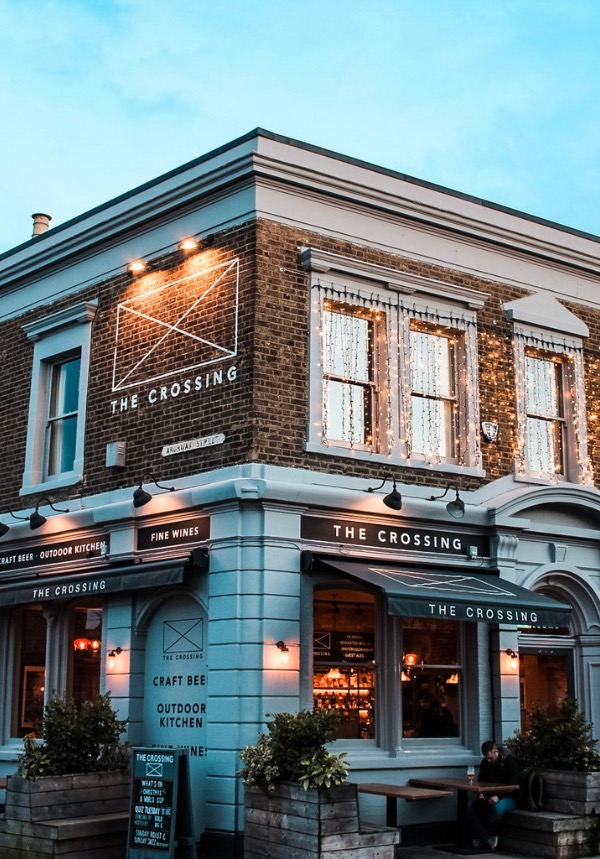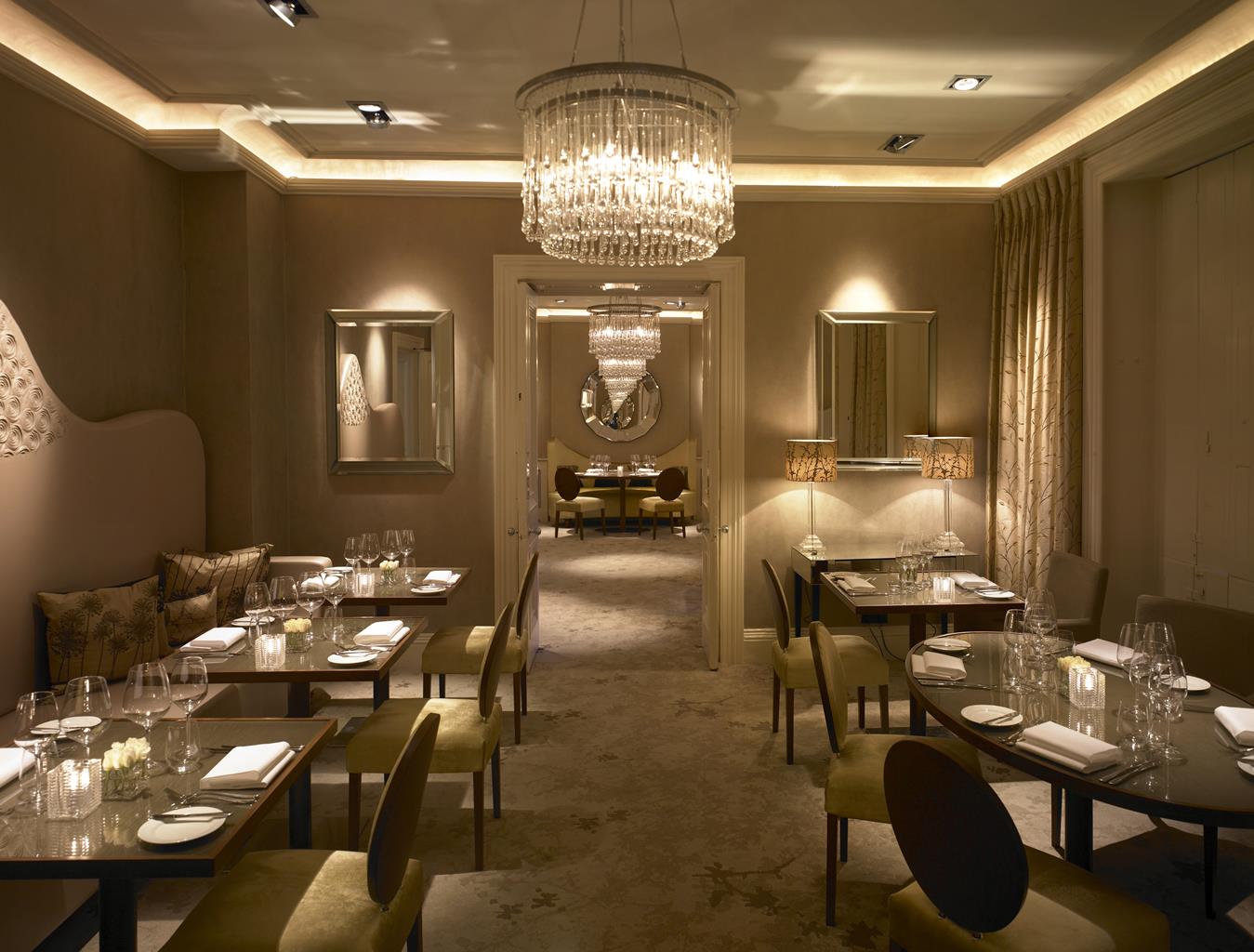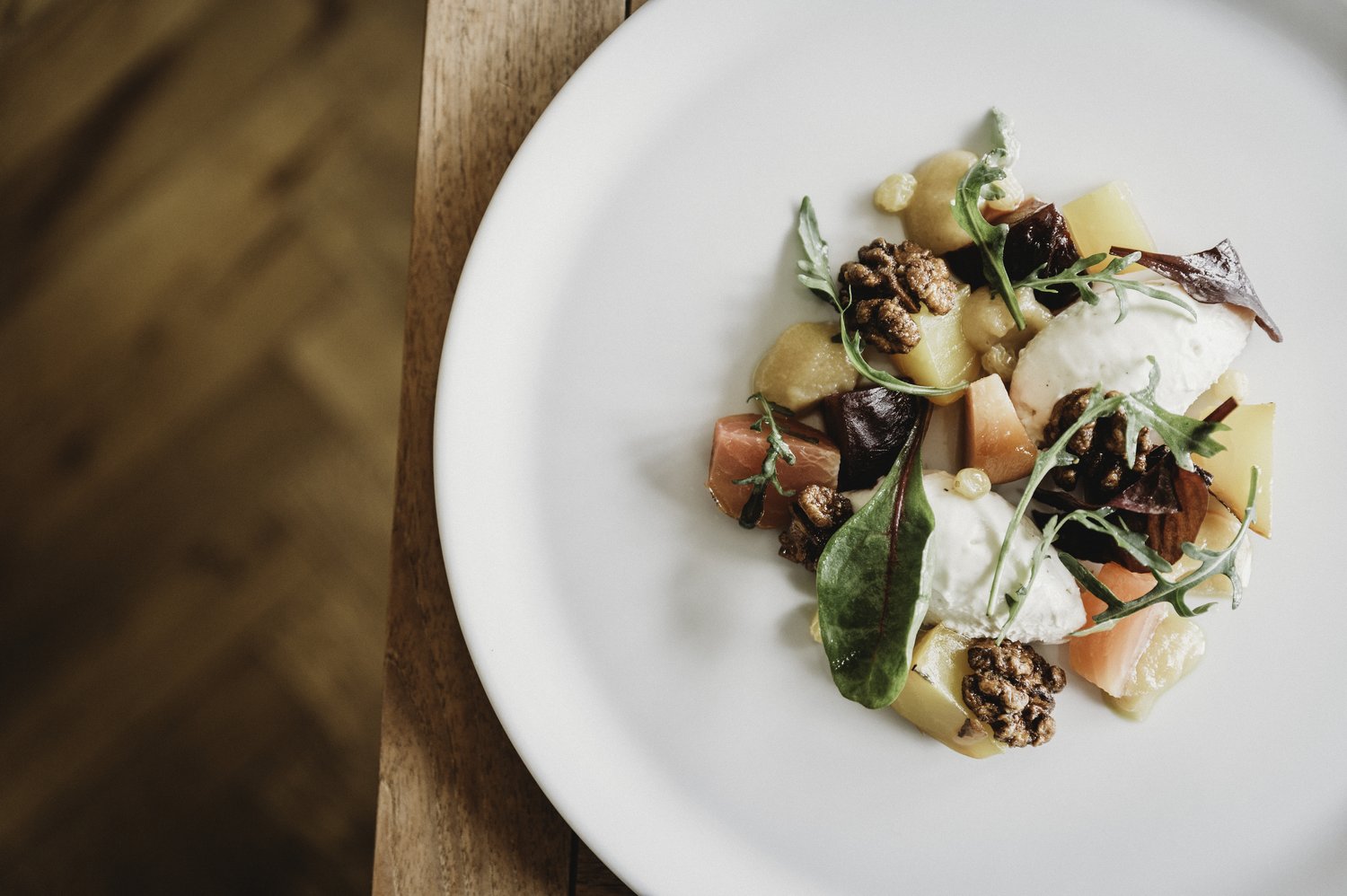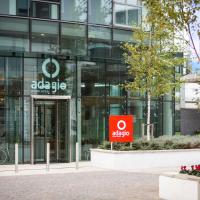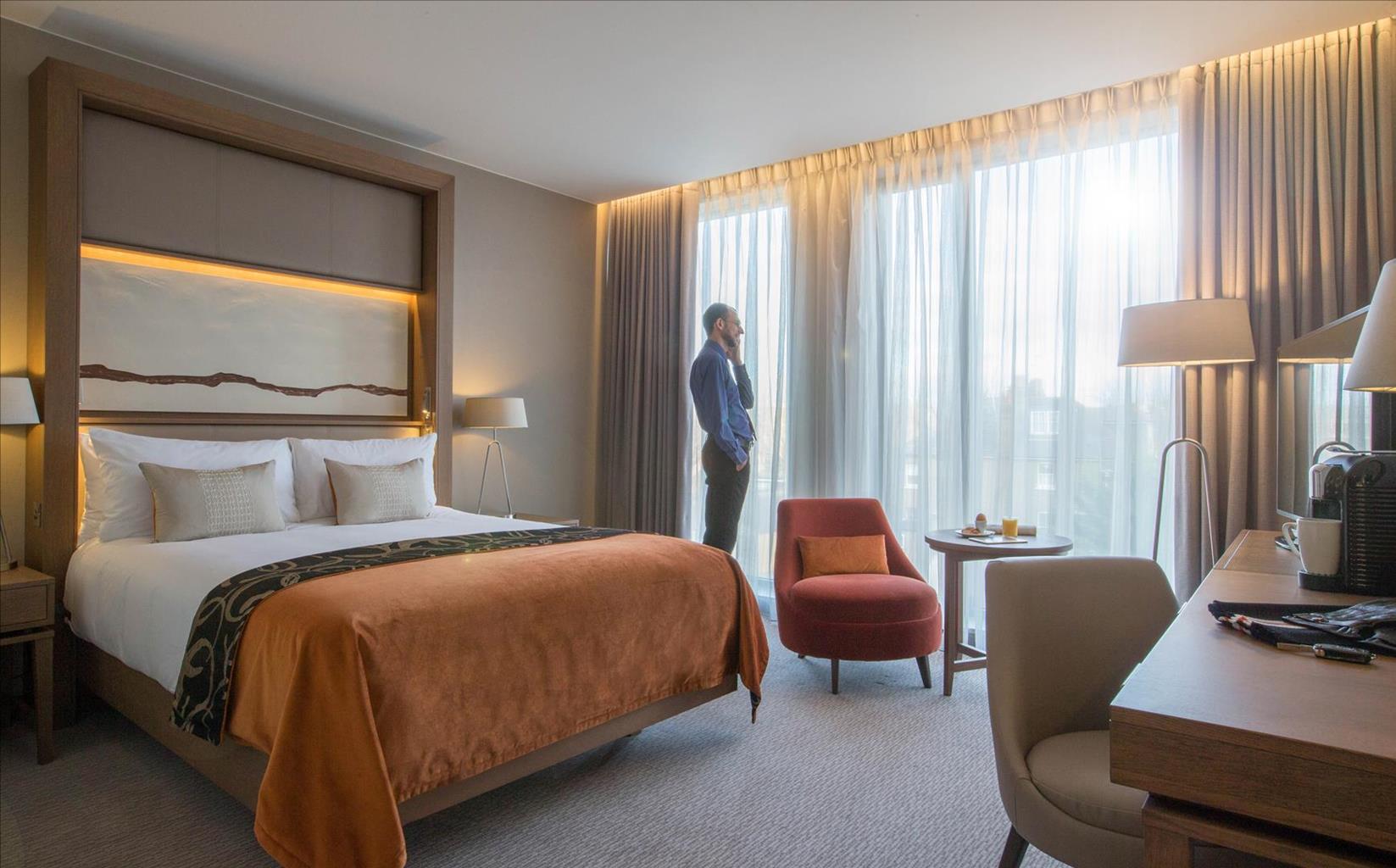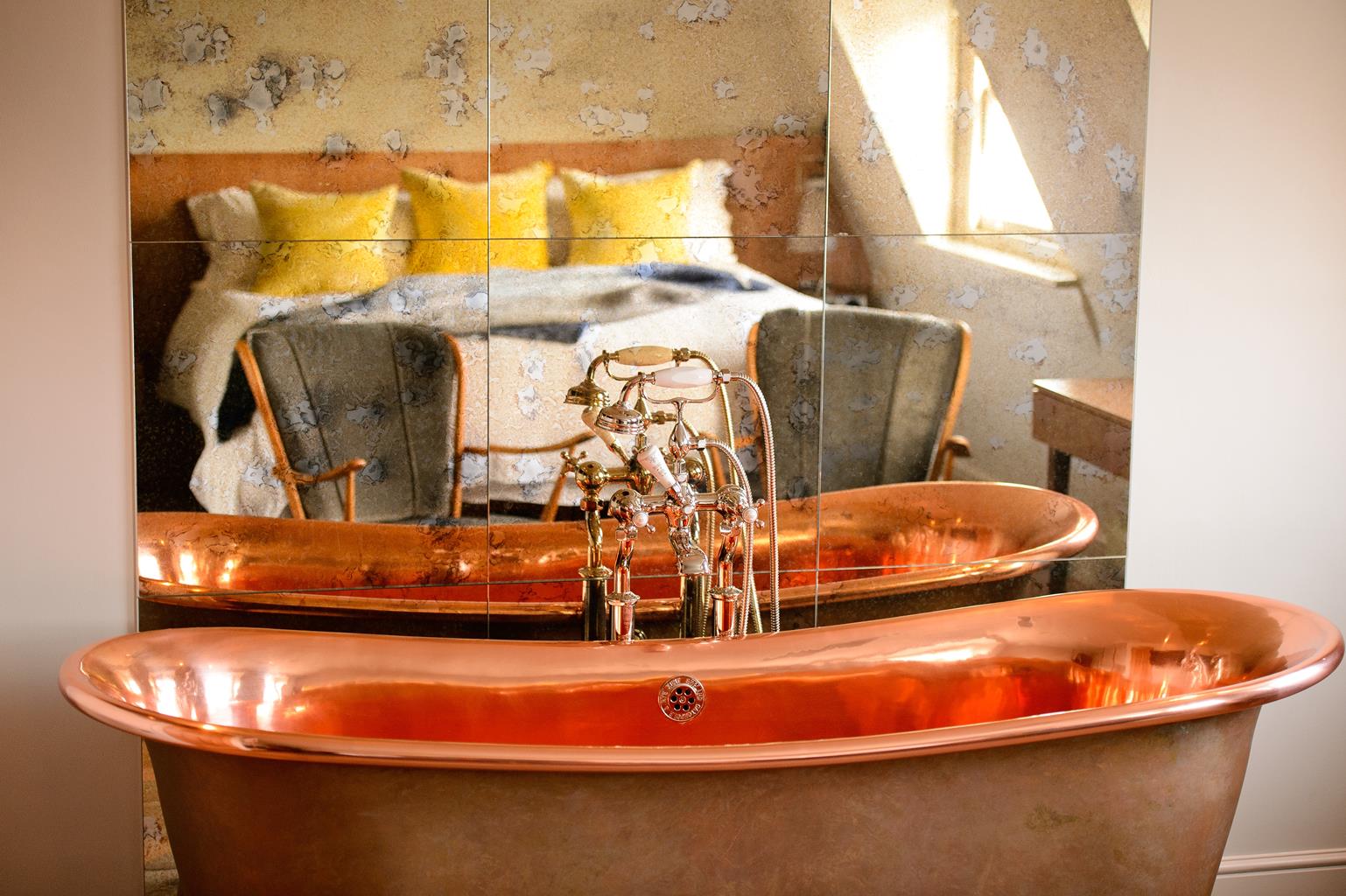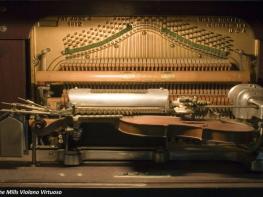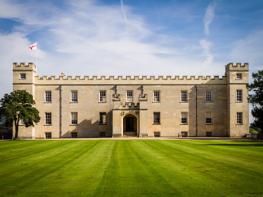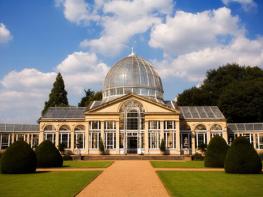Adagio London Brentford offers spacious, comfortable apartments furnished in a warm industrial…
Along the Thames to Kew Gardens

7.5 miles (12.1kms)
About the walk
Kew Gardens began life as a royal front lawn for Kew Palace, where George III lived during his years of mental illness. The collection of exotic plants here was started in the 1740s. Nearly a century later, in 1841, Queen Victoria handed the 300-acre (122ha) site to the nation as a public research institute. Since then it has grown from strength to strength, and is now the world's leading botanical research centre. Although this walk allows a glimpse along its boundaries, a visit inside is highly recommended, for which you should allow a few extra hours.
Green fingers
With the largest, living plant collection in the world, you'd expect there to be a lot of green fingers at Kew Gardens and there are. In fact around 450 horticultural staff are responsible for mowing the lawns, looking after the tropical plants in the glasshouses and the Herbarium, where more than 7 million specimens of dried plants and fungi are stored. There are a further 100 scientists studying the medicinal importance of plants and many others based at one of the most visited parts of Kew, the Palm House.
From the outside looking in
Depending on the time of the year, you may see part of the Rhododendron Dell from the Thames Path. The river provides these spectacular shrubs with the humidity they love and although the soil is not naturally favourable, it has been treated with high-acidity mulch and sulphur to reduce the pH level. Rhododendrons are native to the Himalayas and were introduced to this country by the Victorians in the 1850s. There are now over 700 specimens of hardy species and hybrids in this Dell, some of which are unique to Kew Gardens. Flowering can extend from November to August but the best time to see the vivid array is late May.
Further along the Thames Path is the Syon Vista, an opening that affords views of the long, straight avenue leading to the Palm House. In keeping with the Victorian love of all things iron, the entire structure was built of iron and filled in with curved glass. However, in the mid-1980s it was deemed necessary to conduct some major restoration work and all the plants were removed and taken to a temporary home. It was not an easy task and the oldest pot plant in the world, the Encephalartos altensteinii, was enclosed in a special scaffold to avoid damage.
The Palm House contains a tropical rainforest where plants are divided into three sections: African, American, and Asia and the Pacific. A central area displays the tallest palm trees, which need the extra height of the dome. If you decide to visit, you'll see not only some rare tropical plants but also ones that are now actually extinct elsewhere.
Walk directions
From the tube, follow the road ahead past the row of shops and turn right along Sandycombe Road, which becomes Kew Gardens Road as it bends to the left. At the main road opposite the Royal Botanic Gardens, turn right and continue ahead to the traffic lights. Cross Kew Green and head towards the church on the green.
Take the path to the left of St Anne's Church, which was built for Queen Anne in 1714, and with your back to the church columns, from beneath the clock tower, follow the main path to the right. Once across the green, continue along Ferry Lane, which leads to the Thames Path.
Turn left here following the river along an attractive stretch of the path that borders Kew Gardens and offers the outsider a tempting view of the famous botanic gardens from the other side of a formidable ivy-clad walled ditch.
Soon you will reach the boundary of the Old Deer Park, which is now the home of the Royal Mid-Surrey Golf Course. Continue walking ahead for a further mile (1.6km) on the obvious track and cross Richmond Lock to reach the other side of the Thames.
Turn right and follow the riverside path past a boatyard where the Capital Ring path veers away from the river to run by the Twickenham Campus of Brunel University. When you reach the road turn right and just past a former Nazareth House convent, turn right at a mini-roundabout, signposted 'Thames Path'.
Turn left alongside the river towards the popular chalet-style Town Wharf pub. From here walk across the pub's boardwalk terrace and follow the Thames Path as it curves left and then right to cross a bridge in Church Street. Pass the riverside pub, the London Apprentice, and after a church the road swings to the left along Park Road. Enter Syon Park and follow the gravel path that runs parallel to the tarmac road.
Exit the park via a walled path and turn right at the road. Cross a bridge and, if this path isn't flooded, turn right for a detour along the Grand Union Canal (but check for signs on this zig-zag route). Otherwise continue along the road ahead, Brentford High Street with its busy parade of shops, bearing right after 0.5 miles (800m) to go through Watermans Park and then rejoining the Thames Path.
Past an ever-present row of houseboats, turn right to cross Kew Bridge. Cross the road at a pedestrian crossing, continue ahead and bear left into Mortlake Road. Turn right into Cumberland Road and left at the end to retrace your steps along Sandycombe Road back to the tube station at the start of the walk.
Additional information
Mainly tow paths and tarmac
Riverside gardens and pubs
No problems (guide dogs only inside Kew Gardens)
AA Street by Street London
Syon House; Kew Gardens tube station
WALKING IN SAFETY
Read our tips to look after yourself and the environment when following this walk.
Find out more
Also in the area
About the area
Discover Greater London
Greater London is one of the world’s largest urban areas; 33 boroughs stretching north to Enfield, south to Croydon, east to Havering, west to Hillingdon and with central London at the heart of it all.
Greater London was officially created in 1965, but the boroughs themselves all have their own histories going back much further. Greenwich is home to the Prime Meridian, which all clocks on earth take their time from, while Hounslow contains Heathrow Airport, one of the busiest airports in the world. Greater London contains a multitude of parks and green spaces, from the six Royal Parks (including Richmond Park, Green Park, Hyde Park and Regent’s Park) and other huge open spaces like Hampstead Heath and Clapham Common; to smaller community spaces like Clissold Park in Stoke Newington and Burgess Park in Southwark.
The centre of London has its quiet spaces too, like Coram’s Field by Great Ormond Street, and Camley Street Natural Park, a stone’s throw from King’s Cross and St Pancras. One of the city’s most impressive features is the London Underground. Beginning in 1863 as the Metropolitan Railway, it took commuters into The City from the suburbs of Middlesex. It was the first underground railway in the world, and now consists of 11 lines, 270 stations, and 250 miles (402km) of track. It’s estimated that nearly five million journeys are taken every day, and there are nearly one and a half billion riders each year. At peak times, there are more than 543 trains whizzing around the Capital.
Nearby stays
Restaurants and Pubs
Nearby experiences
Recommended things to do
Why choose Rated Trips?
Your trusted guide to rated places across the UK
The best coverage
Discover more than 15,000 professionally rated places to stay, eat and visit from across the UK and Ireland.
Quality assured
Choose a place to stay safe in the knowledge that it has been expertly assessed by trained assessors.
Plan your next trip
Search by location or the type of place you're visiting to find your next ideal holiday experience.
Travel inspiration
Read our articles, city guides and recommended things to do for inspiration. We're here to help you explore the UK.



